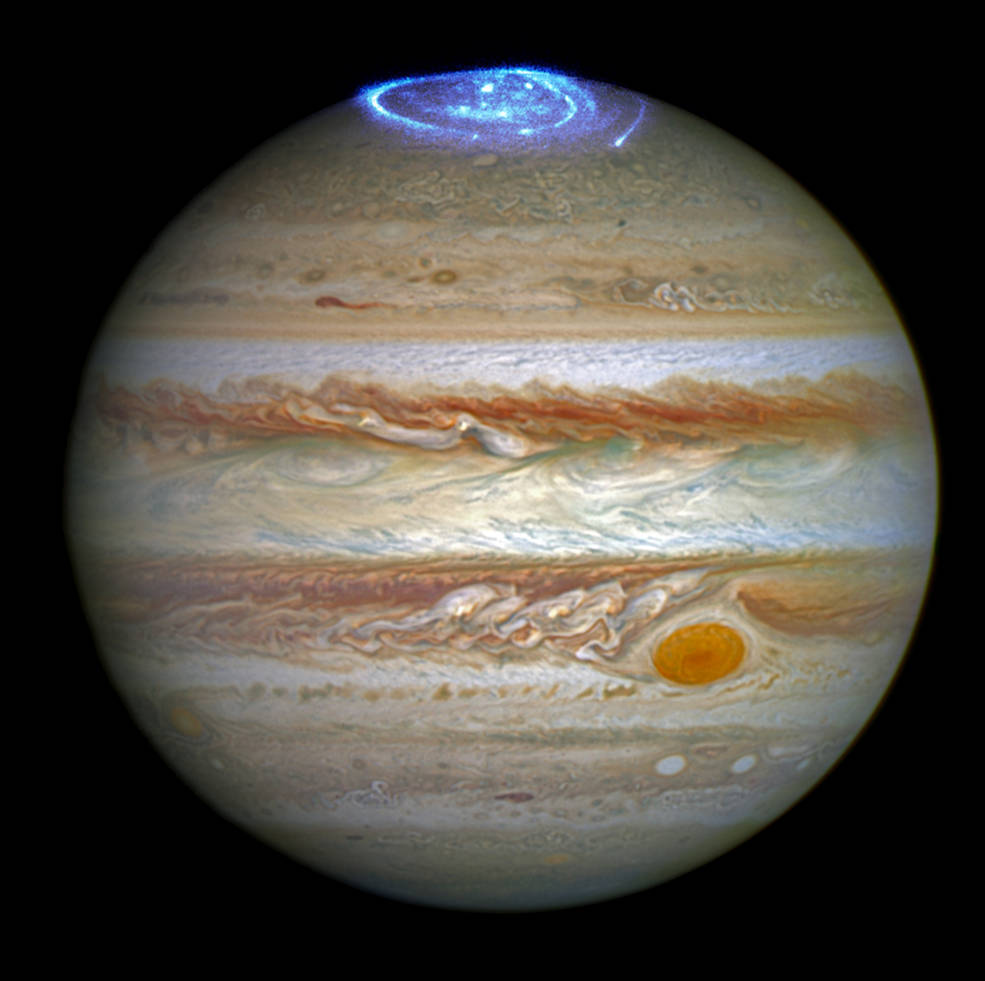
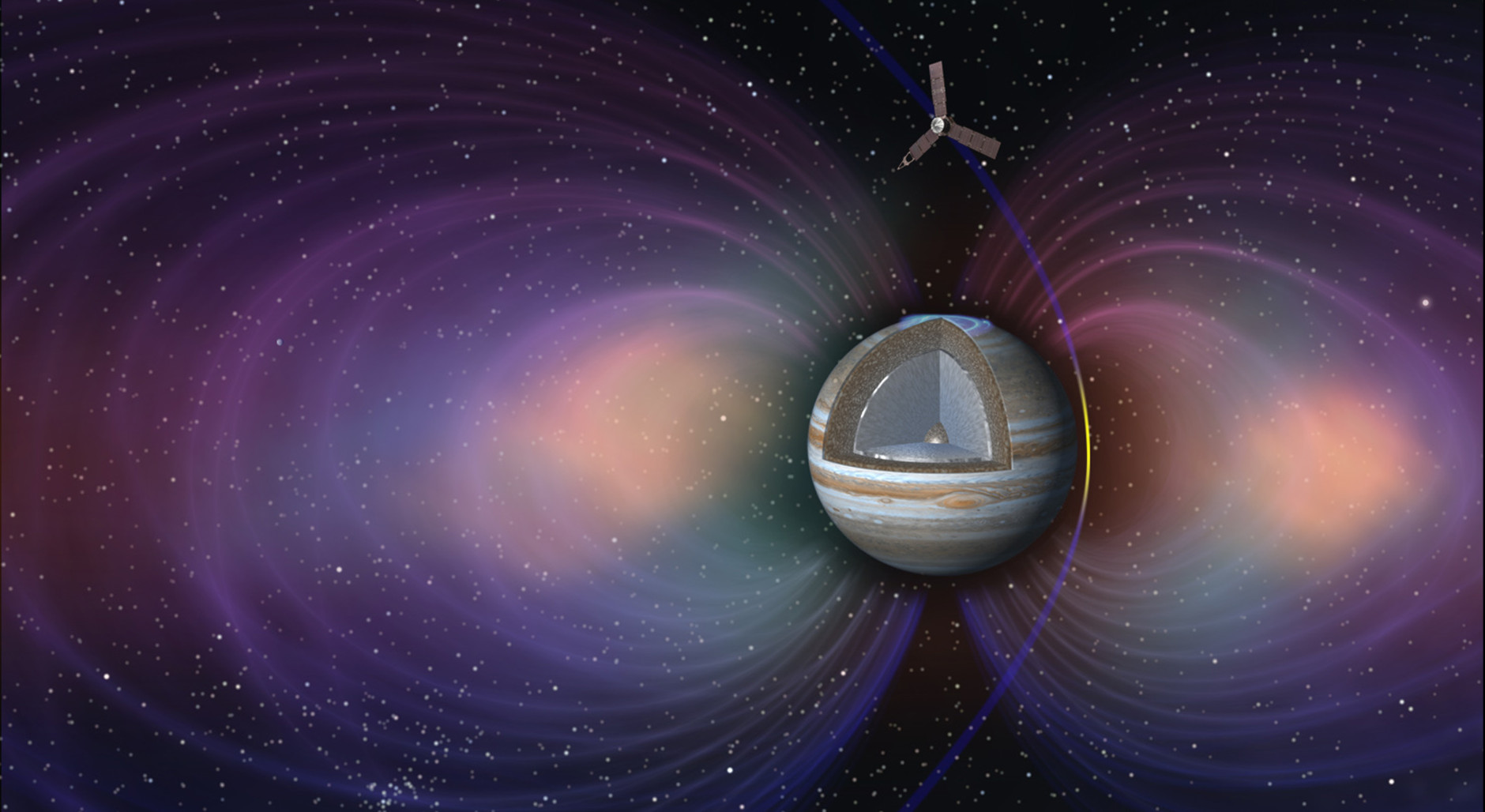
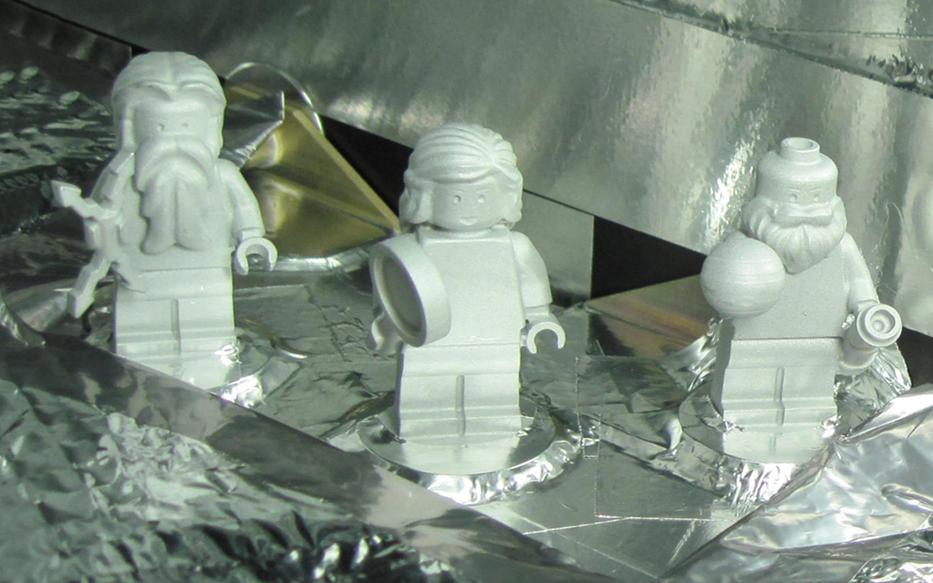
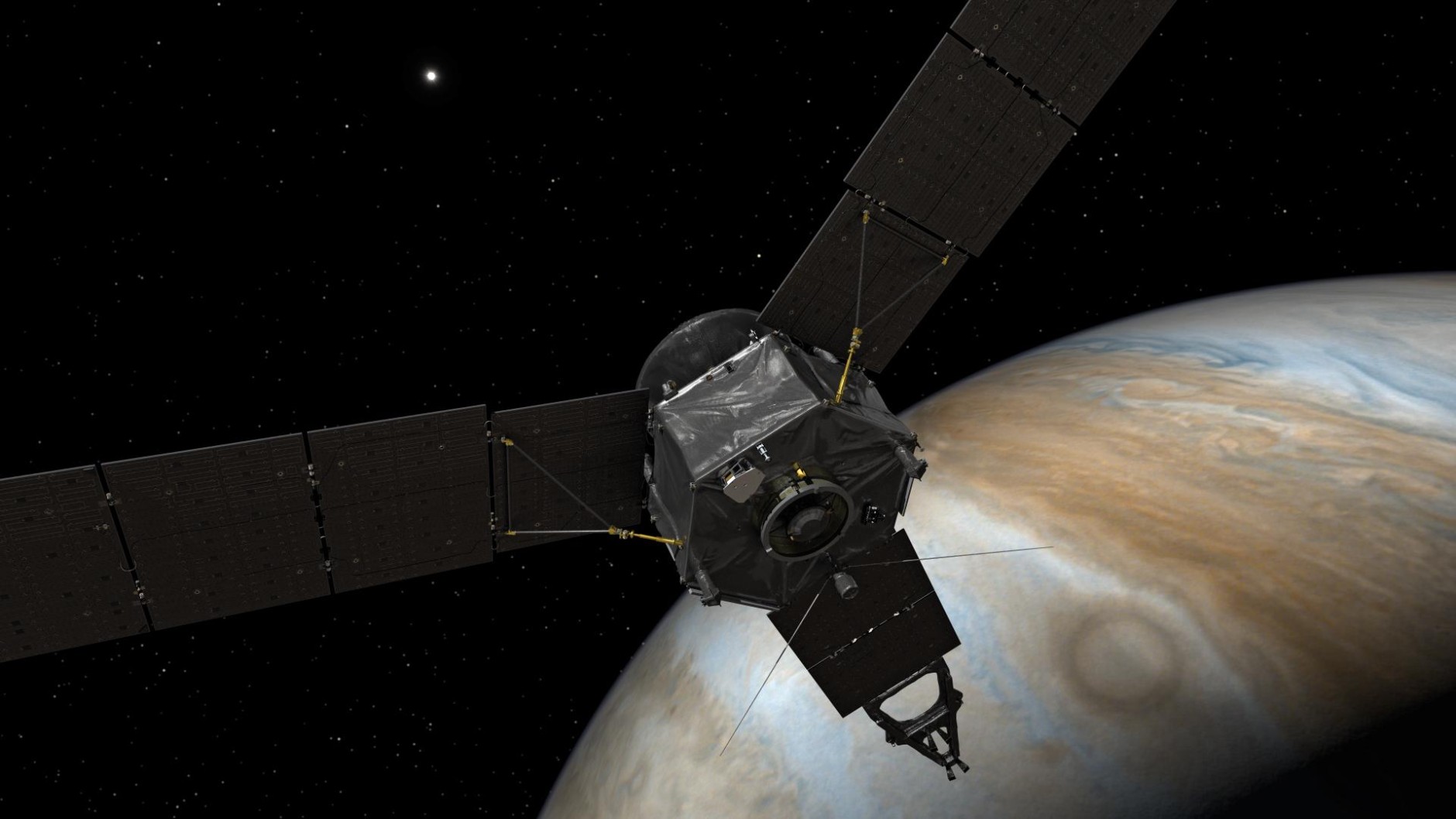
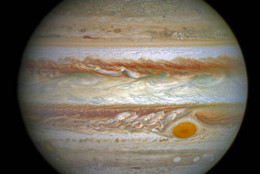
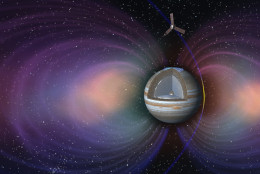
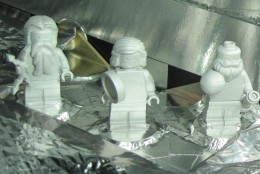
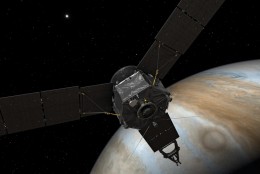
WASHINGTON — This time last year, I was writing about the arrival of the New Horizons spacecraft at Pluto. New Horizons just got approval, and money, from NASA to explore the Kuiper Belt Object 2014 MU69. This close encounter will happen Jan. 1, 2019.
As I am writing this story, NASA’s Juno spacecraft is crossing the orbit of Jupiter’s outermost Galilean moon, Callisto. Launched Aug. 5, 2011, the first solar-powered spacecraft to travel so far from the Sun is completing its 1.8 billion-mile voyage and preparing for a daring mission of exploration.
On the nation’s birthday, the “King of the Planets,” mighty Jupiter — the largest planet in our solar system — is due to get its latest visitor from Earth: the Juno spacecraft.
Juno is scheduled to enter orbit around the gas giant planet on Monday or Tuesday, depending on your time zone. The spacecraft has been on autopilot since Thursday and all has remained “GO.”
The spinning Juno spacecraft will start to prepare for Jupiter Orbit Insertion at 9:16 p.m. EDT on Monday by conducting a pre-planned sequence of events. Juno will fire its main engine for a period of 35 minutes, commencing at 11:16 p.m. EDT, which will reduce its velocity by 1,212 mph, thereby slowing it enough to be captured by Jupiter’s gravity. Juno will then enter into a temporary 53.5-day orbit to begin checkout and science operations.
NASA TV coverage of orbital insertion begins at Thursday at 10:30 p.m. EDT.
Although Juno is being continuously monitored, it will take nearly 48 minutes for radio signals from Juno to cover the 534-million-mile (860-million-kilometer) distance from Jupiter to the Deep Space Network Antenna in Goldstone, California.
Juno is the 10th spacecraft to study Jupiter. According to NASA, “Once in Jupiter’s orbit, the spacecraft will circle the Jovian world 37 times during 20 months, skimming to within 3,100 miles (5,000 km) above the cloud tops. This is the first time a spacecraft will orbit the poles of Jupiter, providing new answers to ongoing mysteries about the planet’s core, composition and magnetic fields.”
Juno’s arrival into Jovian space was heralded on June 24 and 25 by a wonderful symphony of radio signals caused by the planet’s powerful magnetic field. Juno will be gathering more data on Jupiter’s magnetic field, radiation belts and composition using its nine science instruments.
Juno’s close proximity to Jupiter required that the spacecraft’s electronics be “hardened” so they could survive as long as possible in the intense radiation environment. To accomplish this, spacecraft designers placed the computer and electronics in a first-ever 400-pound titanium vault that will, it is hoped, provide enough protection for the mission to last the full 20 months planned. Some instruments were also beefed up in size for protection.
According to NASA, the science data returned by Juno will:
- Determine how much water is in Jupiter’s atmosphere, which helps determine which planet formation theory is correct (or whether new theories are needed);
- Look deep into Jupiter’s atmosphere to measure composition, temperature, cloud motions and other properties;
- Map Jupiter’s magnetic and gravity fields, revealing the planet’s deep structure;
- Explore and study Jupiter’s magnetosphere near the planet’s poles, especially the auroras – Jupiter’s northern and southern lights – providing new insights about how the planet’s enormous magnetic force field affects its atmosphere.
Juno will return pictures of Jupiter using the JunoCam and has asked for collaboration with amateur astronomers and their pictures of Jupiter. Juno also has three special guests aboard: LEGO figurines of Galileo, who discovered the four main moons of Jupiter; Juno, Jupiter’s wife; and Jupiter himself. It is hoped that their presence will inspire young children to follow the mission.
You can look at Jupiter yourself in the southwestern sky right after sunset. Jupiter is the brightest “star” in that part of the sky, and with binoculars you can see the four main moons that Galileo discovered in 1610 with his crude telescope. If you are able to look at Jupiter in a telescope, you will be able to see the colors and clouds of Jupiter. Think of Juno while you are doing so and imagine the view the intrepid spacecraft must have.
We will learn much about Jupiter due to Juno. The spacecraft will enter Jupiter’s atmosphere on the last planned orbit on February 2, 2018, and be destroyed. NASA is doing this to make sure there is no contamination of the moons of Jupiter.
You can follow Juno on Twitter and Facebook and at NASA’S website.
Follow me at Twitter @skyguyinva and my daily blog at whatsupthespaceplace.com to keep up with the latest news in astronomy and space exploration. You can email me at skyguyinva@gmail.com.





